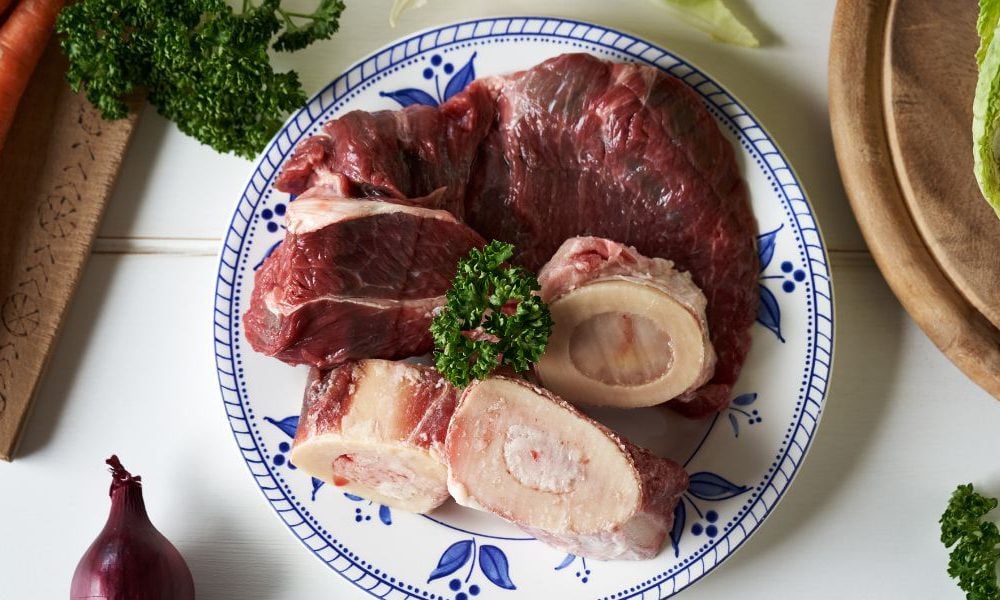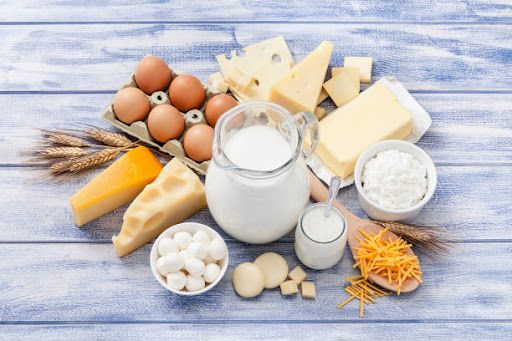
The Best Ways to Incorporate 20g of Protein into Your Diet
- Read Time: 4 Minutes
Protein is an essential nutrient that plays a crucial role in various bodily functions, including muscle building, repair, and overall health. Incorporating 20 grams of protein into your daily diet can be easy and delicious. Here are some of the best ways to ensure you're getting enough protein:
Can You Consume 20g of Protein in a Meal?
The exact amount of protein ideal for each meal will depend on the individual and their dietary requirements; however, a minimum of 20 grams of protein per meal is recommended.
Current research suggests that you should aim for 20-30 grams of protein per meal because it is an optimal amount for building and repairing tissue in the body.
If you consistently eat less than 20 grams of protein per meal, you may have difficulty hitting your daily protein goal and maximizing your muscle-building efforts.
Who Should be Eating 20g Protein Meals?
In general, it is safe to say that most people would highly benefit from consuming at least 20 grams of protein in a meal. However, the exact amount of protein you eat in each meal will depend directly on your daily protein target and the number of meals you eat in a day.
The recommended protein intake for a sedentary adult is around 71 grams of protein for men and 61 grams for women. So sedentary individuals could easily hit their protein targets by eating roughly 3 to 4 meals daily, each containing 20 grams of protein.
On the other hand, the protein requirements for athletes and bodybuilders tend to be much higher. When an individual participates in vigorous activity or aims to build muscle, protein intake will increase to 1 gram per pound of bodyweight.
Five ways that you can get 20 grams of protein per meal are:
1. Eat your protein first
When eating a meal, eat the protein source first, especially before you get to the starches.
Protein increases the production of peptide YY (PYY), a gut hormone that makes you feel full and satisfied.
In addition, a high protein intake decreases levels of ghrelin, the “hunger hormone,” and increases your metabolic rate after eating and during sleep.
What’s more, eating protein first can help keep your blood sugar and insulin levels from rising too high after a meal.
In one small study, people with type 2 diabetes were served identical meals on different days. Blood sugar and insulin rose significantly less when they consumed protein and vegetables before eating high carb foods, compared with when the order was reversed

2. Snack on cheese
Snacks are a good way to get extra protein into your diet — as long as you choose healthy ones.
Many common snack foods, such as chips, pretzels, and crackers, are very low in protein.
For example, a 1-cup (30-gram) serving of plain tortilla chips has 142 calories but only 2 grams of protein.
In contrast, a 1-ounce (28-gram) serving of cheddar cheese contains 7 grams of protein, along with nearly 30 fewer calories and 6 times as much calcium..
Additionally, cheese doesn’t seem to raise cholesterol levels much, even among people with high cholesterol. In fact, some research suggests that cheese may even benefit heart health.
Try enjoying a cheese stick between meals or pair your favorite type of cheese with whole grain crackers, tomatoes, or sliced apples for a healthy and satisfying snack.

3. Lean Meats
Lean meats like chicken breast, turkey, and lean cuts of beef are excellent sources of protein. A 3-ounce serving of cooked chicken breast provides about 27 grams of protein.

4. Dairy Products
Dairy products are a rich source of protein and essential nutrients. Varieties like Greek yogurt, cottage cheese, and low-fat milk are not only packed with protein but also offer calcium, vitamin D, and probiotics for a healthy gut. Greek yogurt, in particular, stands out with its high protein content, making it a popular choice among those looking to boost their daily protein intake. Whether enjoyed on its own, blended into smoothies, or added to savory dishes, dairy products are versatile and delicious ways to ensure you meet your protein needs while supporting bone health and digestive well-being.

5. Nuts and Seeds
Nuts and seeds are nutrient-dense powerhouses that provide a healthy dose of protein along with essential fats, vitamins, and minerals. Almonds, for instance, offer both protein and heart-healthy monounsaturated fats. Meanwhile, chia seeds and hemp seeds are known for their protein-packed profiles and omega-3 fatty acids. These plant-based options are not only great for vegetarians and vegans but also for anyone seeking nutritious snacks or toppings for salads and yogurt. Incorporating a handful of nuts or a sprinkle of seeds into your daily diet can add depth to your nutrition, supporting everything from muscle repair to overall well-being.




















